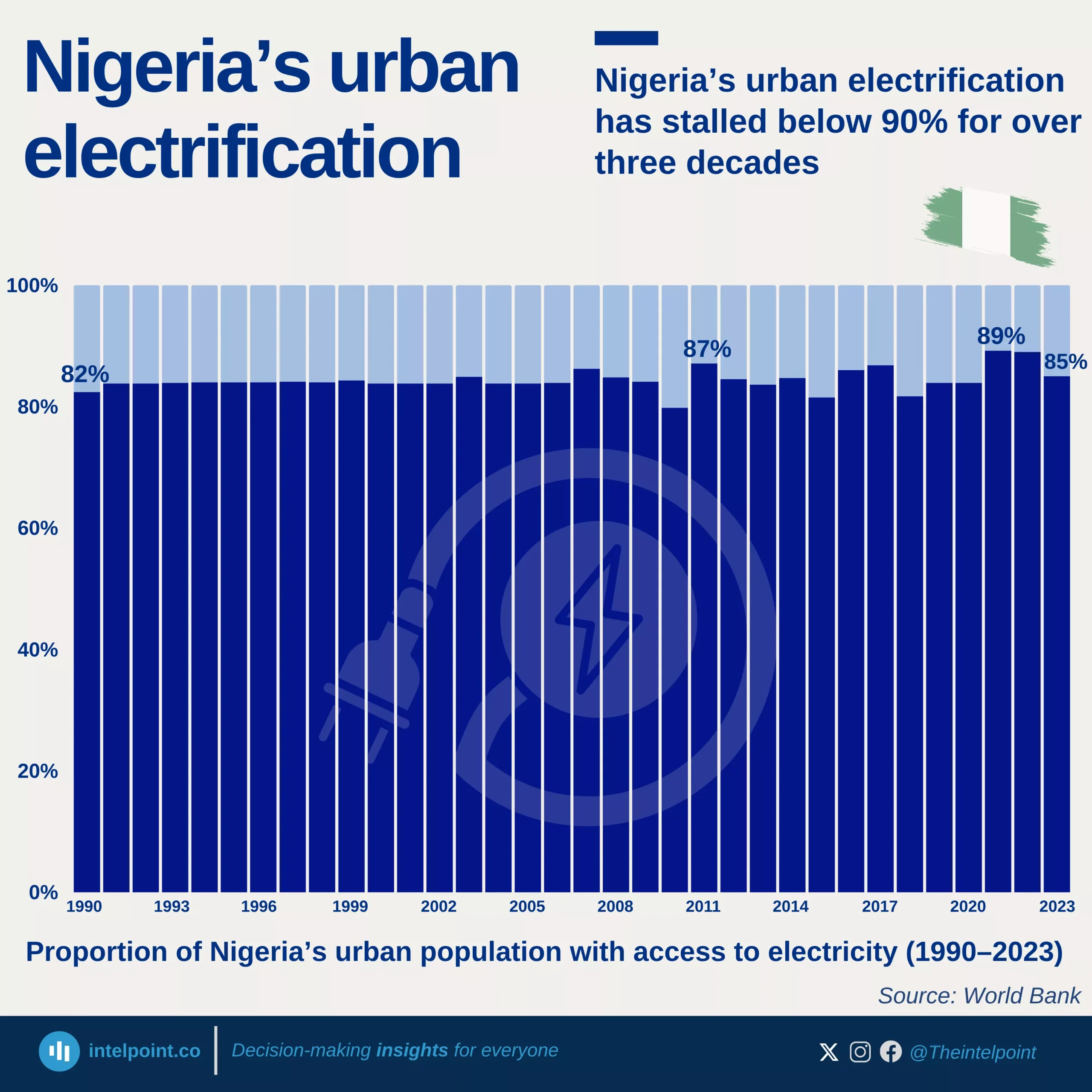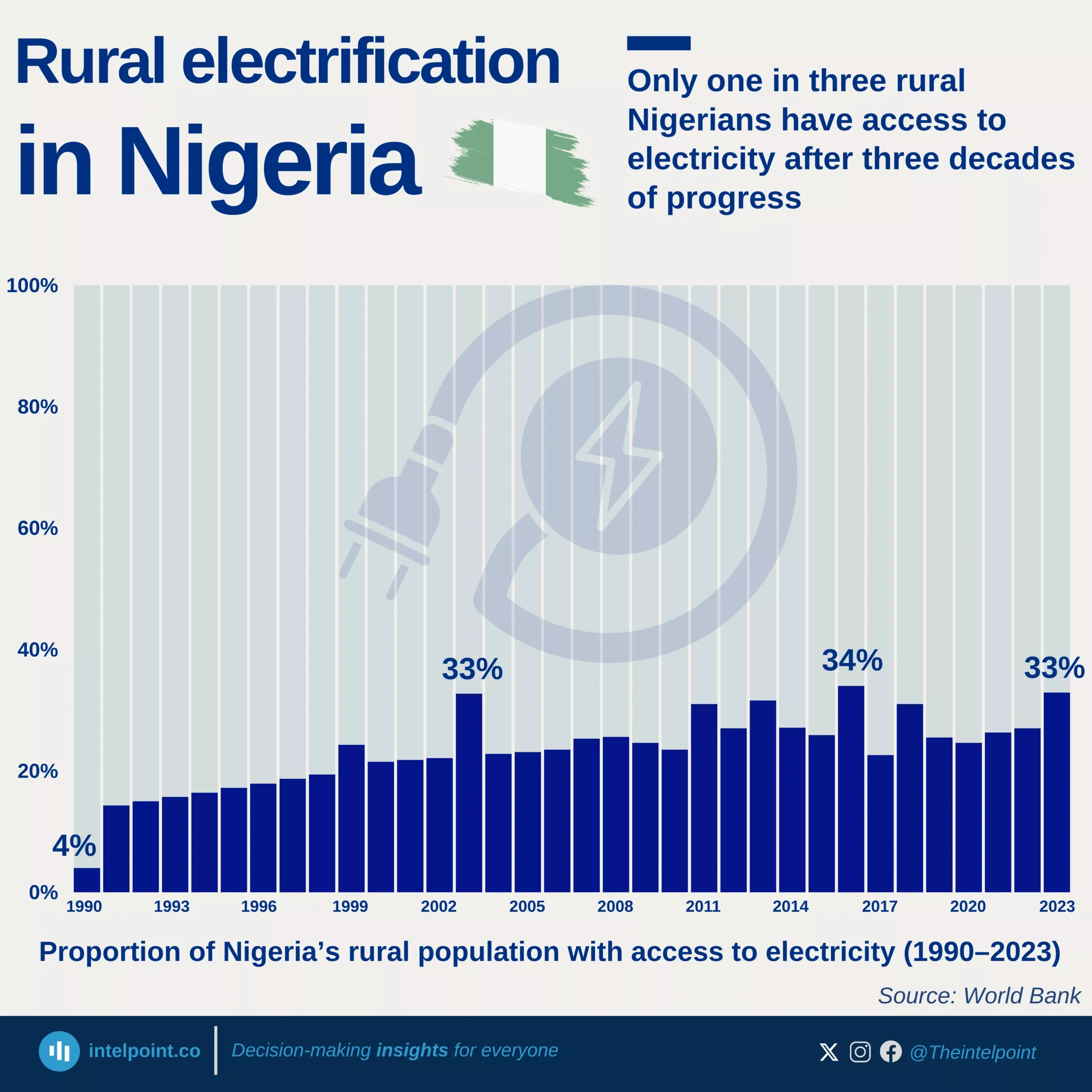Electricity distribution in South Africa reached its peak in 2018, a record high of 231 TWh.
The lowest electricity distribution was recorded in 2023, dropping to 206 TWh.
Load shedding has become a persistent challenge, with 2023 experiencing the highest number of load shedding days — 332 days in total.
South Africa has faced growing challenges with its electricity distribution and overall energy performance, largely due to issues facing Eskom, the country’s dominant electricity distributor. Rotational load shedding—a measure introduced in response to strained generation capacity, aging infrastructure, and years of deferred maintenance—has become a defining feature of the energy landscape.
From 2015 to 2019, electricity distribution remained relatively stable, fluctuating between 227 and 231 TWh. However, in 2020, amid the disruptions of the COVID-19 pandemic, distribution declined by 4.85%, signalling a notable downturn. Since then, Eskom has struggled to regain its footing, with electricity distribution falling to just 206 TWh in 2023, the lowest level recorded in nearly a decade.





